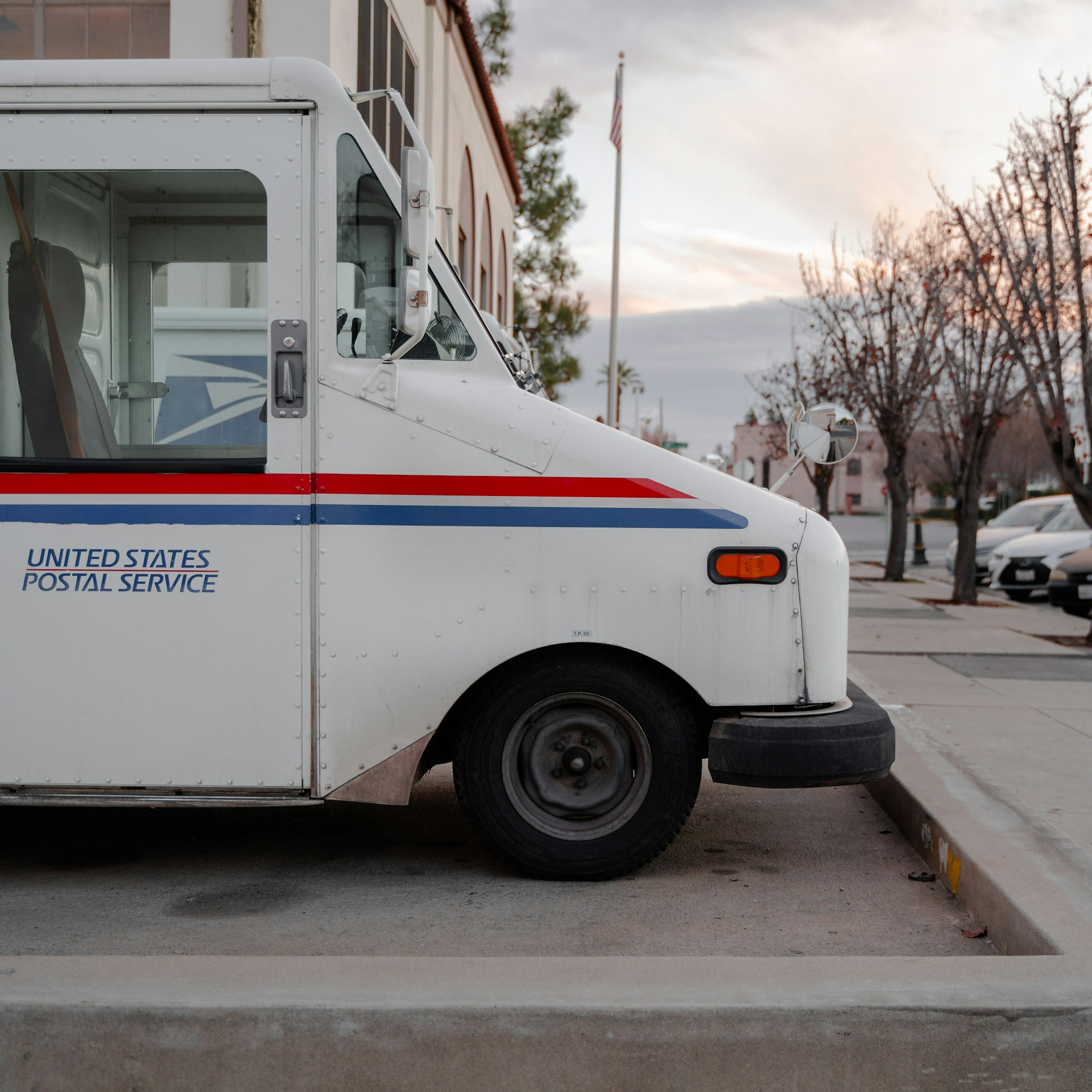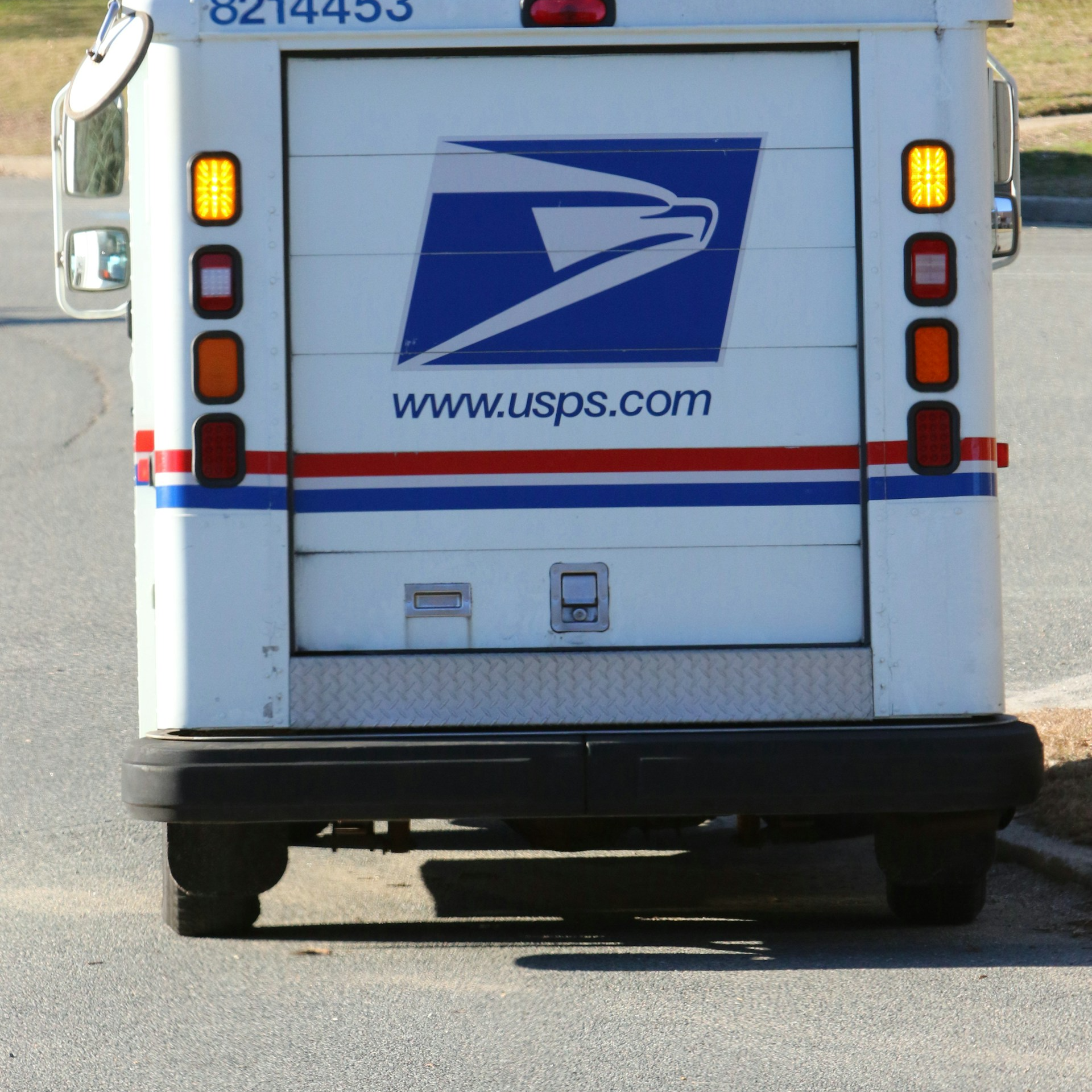Key Takeaways
- The Postal Service Health Benefits (PSHB) program is a crucial strategy in helping the USPS address its financial challenges by controlling health benefit costs.
- PSHB offers a tailored approach for USPS employees, streamlining their healthcare benefits and ensuring the long-term financial health of the postal service.
How PSHB Is Designed to Help USPS Tackle Financial Challenges
The United States Postal Service (USPS) has faced significant financial difficulties over the past few decades, grappling with declining mail volumes, rising operational costs, and mounting unfunded liabilities, particularly in the area of employee benefits. To address these challenges, the Postal Service Health Benefits (PSHB) program was introduced as part of broader postal reform efforts. This initiative is designed to reduce the financial burden on the USPS by providing a more cost-effective and sustainable approach to employee health benefits. In this article, we will explore how PSHB is structured and how it aims to mitigate the financial challenges that have long plagued the USPS.
The Financial Struggles of the USPS
The USPS’s financial woes are well-documented. Despite being a vital service provider, the USPS operates as a self-sustaining entity, meaning it does not receive taxpayer funding for its operations. Instead, it relies on the revenue generated from the sale of postal products and services. Over the years, the rise of digital communication has drastically reduced the volume of first-class mail, one of the USPS’s most significant revenue sources. Simultaneously, the costs associated with operating the postal service, including labor, transportation, and facilities, have continued to rise.
A substantial portion of the USPS’s financial burden comes from its obligations to retiree health benefits. The Postal Accountability and Enhancement Act of 2006 required the USPS to pre-fund retiree health benefits, a mandate that has contributed significantly to its financial strain. This pre-funding requirement, coupled with declining revenues, has left the USPS with billions of dollars in unfunded liabilities.
What Is the Postal Service Health Benefits (PSHB) Program?
The PSHB program is a new health benefits plan specifically designed for USPS employees and retirees. It was established under the Postal Service Reform Act of 2022, a legislative effort aimed at modernizing and stabilizing the postal service’s finances. The PSHB program will replace the Federal Employees Health Benefits (FEHB) program for USPS employees, creating a separate health benefits system tailored to the specific needs and financial constraints of the postal service.
One of the key features of the PSHB program is its alignment with Medicare. Under the new system, USPS retirees who are eligible for Medicare will be required to enroll in Medicare Parts A and B. This shift is expected to significantly reduce the USPS’s healthcare costs, as Medicare will cover a substantial portion of retirees’ healthcare expenses, thereby reducing the burden on the USPS’s own health benefits plan.
How PSHB Is Expected to Reduce Costs
The design of the PSHB program is centered around cost containment and long-term financial sustainability. By requiring Medicare enrollment for eligible retirees, the USPS can offload a significant portion of healthcare costs to the federal Medicare program. This move is anticipated to save the USPS billions of dollars over the coming years.
Additionally, the PSHB program is expected to benefit from the economies of scale associated with a separate, USPS-specific health benefits system. By pooling its employees and retirees into a single health benefits program, the USPS can negotiate better rates with healthcare providers and insurers. This could lead to lower premiums and out-of-pocket costs for employees and retirees, further reducing the overall cost burden on the USPS.
Another cost-saving aspect of the PSHB program is its focus on wellness and preventive care. The program is expected to include provisions that encourage USPS employees and retirees to engage in healthier lifestyles and seek preventive care services. By promoting health and wellness, the USPS hopes to reduce the incidence of chronic conditions and other costly health issues, ultimately lowering the overall cost of healthcare.
The Impact on USPS Employees and Retirees
The transition to the PSHB program will have significant implications for USPS employees and retirees. While the program is designed to reduce costs for the USPS, it also aims to provide comprehensive and affordable healthcare coverage for its participants.
For current employees, the PSHB program is expected to offer benefits similar to those provided under the FEHB program, but with potential cost savings due to the USPS’s ability to negotiate more favorable rates. Employees may also benefit from the program’s focus on preventive care and wellness, which could lead to better health outcomes and lower out-of-pocket costs in the long run.
Retirees, particularly those eligible for Medicare, will experience the most significant changes. Under the PSHB program, Medicare-eligible retirees will be required to enroll in Medicare Parts A and B, with the PSHB plan serving as a supplement to Medicare coverage. This change is expected to provide retirees with comprehensive healthcare coverage at a lower cost, as Medicare will cover a substantial portion of their healthcare expenses.
However, the transition to the PSHB program may also present challenges for some retirees, particularly those who are not currently enrolled in Medicare Parts A and B. These individuals will need to enroll in Medicare to continue receiving health benefits under the PSHB program, which may involve additional costs and administrative steps.
Addressing Potential Challenges
While the PSHB program is expected to provide significant financial relief to the USPS, its implementation will require careful planning and coordination to ensure a smooth transition for employees and retirees. One of the primary challenges will be educating USPS employees and retirees about the new program and the changes it entails. Clear and effective communication will be essential to help participants understand their new health benefits and the steps they need to take to ensure continued coverage.
The USPS will also need to work closely with healthcare providers and insurers to negotiate favorable rates and ensure that the PSHB program offers comprehensive and affordable coverage. This will involve leveraging the USPS’s large employee and retiree base to secure the best possible terms and conditions for the program.
Moreover, the USPS will need to monitor the financial performance of the PSHB program closely to ensure that it achieves the desired cost savings without compromising the quality of healthcare coverage. Regular assessments and adjustments may be necessary to address any issues that arise and to ensure that the program remains financially sustainable in the long term.
The Broader Implications for Postal Reform
The establishment of the PSHB program is a critical component of broader efforts to reform and modernize the USPS. By addressing one of the most significant sources of financial strain—the cost of employee health benefits—the PSHB program is expected to play a key role in stabilizing the USPS’s finances and ensuring its long-term viability.
In addition to the PSHB program, other postal reform initiatives are being pursued to address the USPS’s financial challenges. These include efforts to streamline operations, reduce costs, and explore new revenue-generating opportunities. Together, these initiatives are aimed at positioning the USPS for success in an increasingly digital and competitive environment.
The success of the PSHB program could also serve as a model for other government agencies and large employers facing similar financial challenges related to employee health benefits. By demonstrating that it is possible to reduce costs while maintaining comprehensive healthcare coverage, the PSHB program could inspire similar reforms in other sectors.
Looking Forward
As the USPS continues to implement the PSHB program and other reform initiatives, it will be important to monitor their impact on the postal service’s financial health and the well-being of its employees and retirees. The success of these efforts will depend on careful planning, effective communication, and ongoing collaboration with stakeholders.
The PSHB program represents a significant step forward in addressing the USPS’s financial challenges, but it is only one piece of the puzzle. Continued efforts to modernize and streamline the postal service will be essential to ensuring its long-term success and its ability to continue providing essential services to the American public.
A Sustainable Path Ahead for USPS
The Postal Service Health Benefits program is a vital strategy in the USPS’s broader efforts to overcome its financial difficulties. By realigning retiree health benefits with Medicare and creating a USPS-specific health benefits plan, the program is designed to reduce costs and ensure the long-term financial sustainability of the postal service. While challenges remain, the PSHB program offers a promising path forward for the USPS as it navigates the complex landscape of modern postal operations and continues to serve the needs of the American public.
Contact Information:
Email: [email protected]
Phone: 4705559012













